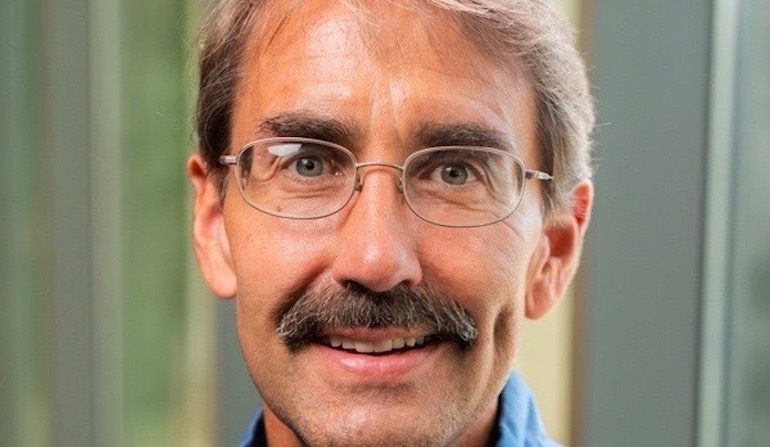 Free Speech
Free Speech
Censors Silenced Eric Hedin, but They Couldn’t Silence David Gelernter: Here’s Why It Matters


David Gelernter’s public renunciation of Darwinism set off shockwaves in the halls of academia and in the public square (see here, here, and here). Atheist evolutionary biologist Jerry Coyne responded to Gelernter’s defection with an article for Quillette, “David Gelernter is Wrong About Ditching Darwin.”
For those unfamiliar with Coyne, he earned the title Censor of the Year from Discovery Institute for his bullying tactics against Ball State University physics professor Eric Hedin (pictured above). Coyne, a professor at the University of Chicago, targeted Hedin for teaching a class on the “Boundaries of Science” that discussed the less controversial evidence for design in nature. With his friends at the Freedom From Religion Foundation, Coyne launched a smear campaign. They successfully pressured the university into canceling Hedin’s class and censoring any scientific discussions that were not consistent with Coyne’s atheistic philosophical framework. No faculty would be allowed to mention any evidence for design in nature unless it was interpreted in materialist terms.
Misrepresenting the Science
In contrast, thanks to the Yale computer scientist’s academic standing, Coyne was unable simply to coerce Gelernter into silence. Instead, he had to resort to engaging the actual arguments. Unfortunately, but unsurprisingly, Coyne misrepresented the science related to the fossil record, protein rarity, and developmental mutations. Critics have regularly mischaracterized design arguments and misinterpreted the related scientific literature, albeit often unintentionally (here, here, here, and here). Yet, most have demonstrated the good sense to publish their critiques in journals or other publications sufficiently biased to not allow any opportunity for responders to correct the errors.
A Fatal Mistake
Coyne would have been better advised to follow their example. It would have been much safer to promote his disinformation against Gelernter through an outlet equally committed to defending the Darwinist status quo. Instead, he made the fatal mistake of publishing in Quillette which values open-mindedness and honest inquiry. Reflecting these values, the editors followed up by publishing a detailed response to Coyne by paleontologist Günter Bechly, mathematician David Berlinski, and myself. This reply exposed Coyne’s gross misunderstanding of the underlying science.
Quillette’s choice to post our response to Coyne undoubtedly came as a shock to him. I am sure he expected complete freedom to smear the reputation of a distinguished scientist and to take his usual liberty with the facts. Instead, his ignorance and bias were put on detailed display.
What might be even more disturbing to him is the possibility that Quillette has set a precedent. Perhaps in the future, design critics will be held accountable for disseminating false and misleading information. As news agencies and the public get a look at journalism that models intellectual honesty and scientific accuracy, returning to the status quo could prove increasingly distasteful. Critics might then feel more obligated to accurately present our arguments and evidence. However, holding themselves to higher intellectual standards poses the challenge that they might in the end not have much left to say.
Photo: Eric Hedin, via Biola University.
